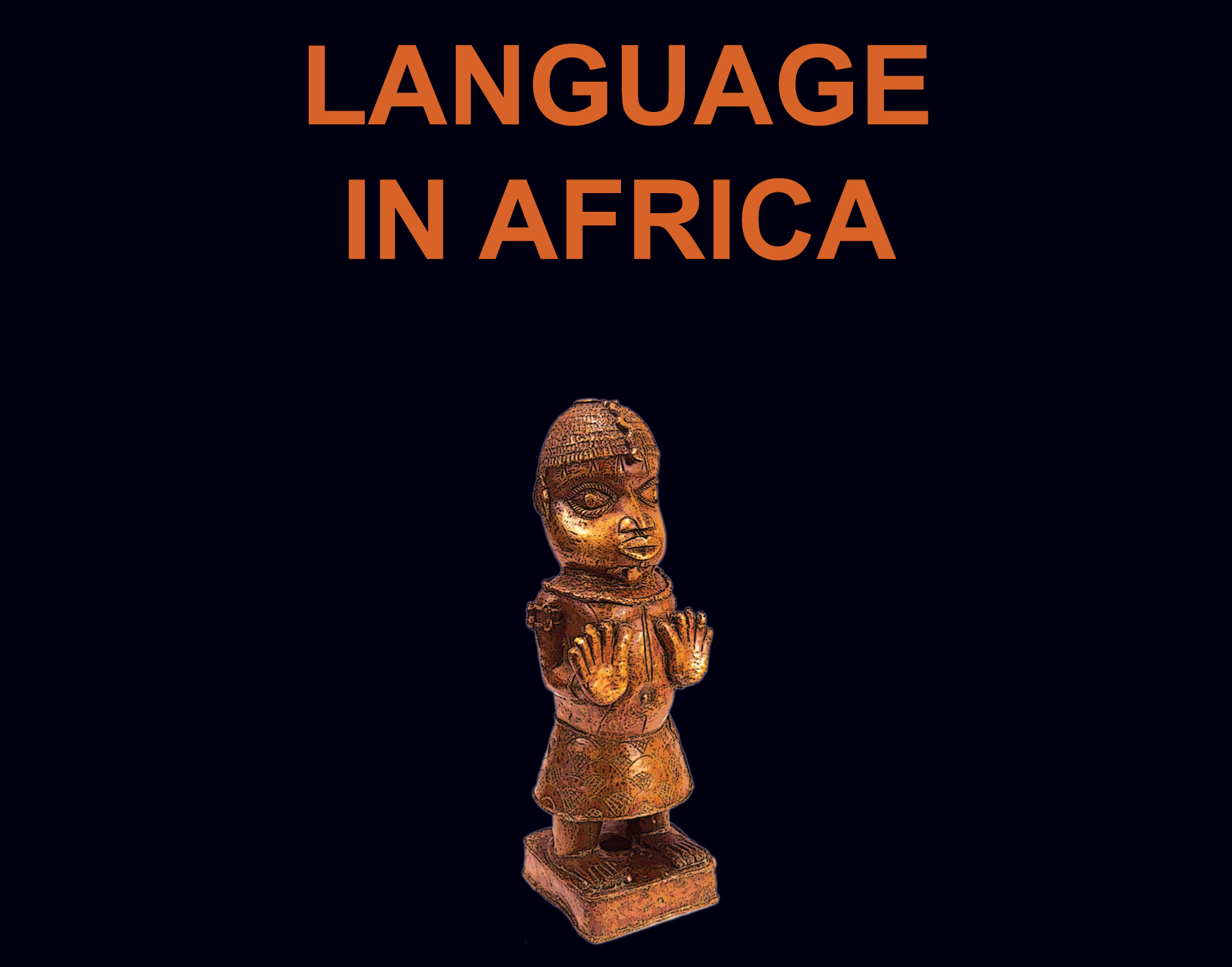In memoriam: Victor Porkhomovsky (1945–2022)
Andrey Shluinsky
pp. 3–15
doi: 10.37892/2686-8946-2022-3-3-3-15
The conjoint/disjoint alternation in Babanki
Pius W. Akumbu
Abstract
The conjoint (cj)/disjoint (dj) alternation, extensively documented in Narrow Bantu (see van der Wal & Hyman 2017 and references cited therein), Adamawa (Elders 2006), Benue-Kwa (Manfredi 2005), Nilo-Saharan (Joswig 2015), Gur (Fiedler 2017) has been reported in Bantoid only in Aghem and Ejagham (Anderson 1979, Watters 1979, Hyman & Watters 1984). Akumbu, Hyman & Kießling (2020) identify a much more extensive case, where the cj/dj contrast characterizes the affirmative perfective of all past, present and future tenses in Babanki, a Grassfields Bantu language of North-West Cameroon. Based on data I have compiled as a native speaker, in collaboration with four other native speakers, this study outlines the characteristics and conditions surrounding the choice of one form over the other in specific contexts. This detailed study reveals that the cj form encodes term focus since Babanki lacks a dedicated focus marker of the sort documented in closely related Aghem (Hyman 2010) and Isu (Kießling 2010) while the dj form is used contrastively with truth value focus and when the truth value is part of the assertion (i.e. not presupposed).
Key words
conjoint, disjoint, Babanki, Grassfields Bantu, focus
pp. 16–39
doi: 10.37892/2686-8946-2022-3-3-16-39
Issues on serial verb constructions in Medumba
Constantine Kouankem
Abstract
This study attempts to account for the analysis of the interaction between the syntactic structure and the semantic outcome of serial verb constructions in Mə̀dʉ́mbɑ́, an East Grassfields Bantu language spoken in the Nde division, WestRegion of Cameroon. It builds from natural data collected from field informants and native speakers’ intuitive knowledge of the language to provide an in-depth descriptive analysis of Mə̀dʉ́mbɑ́ serial verb constructions from a morpho-syntactic and semantic perspective. In this view, the article examines the structural characteristics of SVCs in the language and brings up a semantic typology of SVCs in Mə̀dʉ́mbɑ́. The discussion of the morpho-syntactic manifestation of SVCs goes in line with Ameka (2005) while the overall analysis is undertaken from a descriptive grammar perspective. The paper also attempts a compositional semantic analysis of SVCs in the language.
Key words
serial verb constructions, composition semantics, morpho-syntactic manifestation, argument sharing, homorganic nasal
pp. 40–66
doi: 10.37892/2686-8946-2022-3-3-40-66
Translanguaged discourses of Bemba and English: The mobility and mixing of languages in a multilingual space
Gabriel Simungala, Hambaba Jimaima, Bronah Katundu Namatama
Abstract
Couched within the overarching framework of translanguaging, this paper attempts to show the real-life language practices of social actors away from the dominant narratives of translanguaging in bilingual education. Predicated on the mixing and mobility of languages across time and space, the paper uses casual conversations from two multilingual spaces, a university campus, and a marketplace. Firstly, the paper shows the mixing of the English language and Bemba, a widely spoken indigenous language in Zambia while arguing that the Bemba-English translanguaged discourses provide evidence for the mobility and the disembodiment of language and locality. Secondly, the paper argues that the spread and circulation of Bemba in multiple localities should be seen as the mobility of bits and pieces -and/or resources akin to urbanity and hybridity. The paper concludes by bringing into the spotlight the dynamics of the Bemba-English translanguaged discourses in which morphemes as semiotic resources create new lexical items which destabilize expected linguistic norms and boundaries.
Key words
translanguaging, mobility, mixing, Zambia, University of Zambia, Soweto Market
pp. 67–86
doi: 10.37892/2686-8946-2022-3-3-67-86
Yoruba ní and sí: An asymmetry in the class of prepositions
Mary Amaechi, Bolanle E. Arokoyo
Abstract
This paper examines two grammatical elements ní and sí which have been considered as prepositions in the grammar of Yoruba (Benue-Congo). We argue that these two elements belong to different word classes; ní is a preposition, while sí is a verb. We present novel data that show syntactic asymmetries that exist between the two elements: behavior under extraction, the possibility of pseudocleft formation, the order of the phrases in a clause, iteration, formation of complex prepositions, and subcategorization. The ní-phrase acts like an adjunct phrase but this is not so with the sí-phrase. The adjunct phrase is a prepositional phrase headed by ní. It is demonstrated that the preposition constitutes a phase head in Yoruba, thus movement out of the PP is banned which explains the lack of preposition stranding with ní. The element sí, on the other hand, can be stranded. It is argued that sí is the non-initial verb in a serial verb construction.
Key words
adjunct, argument, extraction, preposition, serial verb construction, Yoruba
pp. 87–116
doi: 10.37892/2686-8946-2022-3-3-87-116


